Billingslea, M. 2020. “Special Presidential Envoy Marshall Billingslea on the Future of Nuclear Arms Control.” Hudson Institute. May 21. https://s3.amazonaws.com/media.hudson.org/Transcript_Marshall%20Billingslea%20on%20the%20Future%20of%20Nuclear%20Arms%20Control.pdf
Bugos, S. 2019a. “U.S. Completes INF Treaty Withdrawal.” Arms Control Association. September. https://www.armscontrol.org/act/2019-09/news/us-completes-inf-treaty-withdrawal
Bugos, S. 2019b. “Select Statements of Support for New START.” Arms Control Association. November. https://www.armscontrol.org/blog/support-for-new-start
Bugos, S. 2019c. “U.S. Intel Sheds Light on Russian Explosion.” Arms Control Association. October. https://www.armscontrol.org/act/2019-10/news/us-intel-sheds-light-russian-explosion
Bugos, S., and Reif, K. “Understanding Hypersonic Weapons: Managing the Allure and the Risks.” Arms Control Association. September. https://www.armscontrol.org/reports/2021/understanding-hypersonic-weapons
Bugos, S. 2022a. “Putin Orders Russian Nuclear Weapons on Higher Alert.” Arms Control Association. March. https://www.armscontrol.org/act/2022-03/news/putin-orders-russian-nuclear-weapons-higher-alert
Bugos, S. 2022b. “U.S. Rushes Hypersonic Development.” Arms Control Association. June. https://www.armscontrol.org/act/2022-06/news/us-rushes-hypersonic-development
CBS News, 2022. “Transcript: Defense Secretary Lloyd Austin on ‘Face the Nation.’” March 20. https://www.cbsnews.com/news/lloyd-austin-defense-secretary-transcript-face-the-nation-03-20-2022/
Facini, A. 2020. “The low-yield nuclear warhead: A dangerous weapon based on bad strategic thinking.” Bulletin of the Atomic Scientists. January 28. https://thebulletin.org/2020/01/the-low-yield-nuclear-warhead-a-dangerous-weapon-based-on-bad-strategic-thinking/#post-heading
Jenkins, B. 2022. “Priorities Regarding the New and Emerging Challenges to International Security.” US State Department. May 26. https://www.state.gov/priorities-regarding-the-new-and-emerging-challenges-to-international-security/
Hruby, J. 2019. “Russia’s New Nuclear Weapon Delivery Systems: An Open-Source Technical Review.” November. https://media.nti.org/documents/NTI-Hruby_FINAL.PDF
Kristensen, H., and Korda, M. 2021. “United States nuclear weapons, 2021.” Bulletin of the Atomic Scientists. January. https://doi.org/10.1080/00963402.2020.1859865
Kristensen, H., and Korda, M. 2022. “Russian nuclear weapons, 2022.” Bulletin of the Atomic Scientists. February. https://doi.org/10.1080/00963402.2022.2038907
Krzyzaniak, J. 2019. “Project Pluto and the trouble with Russia’s nuclear-powered cruise missile.” Bulletin of the Atomic Scientists. August 20. https://thebulletin.org/2019/08/project-pluto-and-trouble-with-the-russian-nuclear-powered-cruise-missile/
Mascias, A. 2019. “Russian nuclear missile with ‘unlimited’ range to be ready by 2025, US intelligence says.” CNBC. September 11. https://www.cnbc.com/2019/09/11/russian-nuclear-missile-with-unlimited-range-to-be-ready-by-2025-us-intel.html
Mizokami, K. 2019. “Russia Releases Test Video of Poseidon Nuclear Attack Drone.” Popular Mechanics. February 22. https://www.popularmechanics.com/military/weapons/a26453301/russia-poseidon-nuclear-attack-drone-video/
Mizokami, K. 2021. “Russia Is Still Testing Its Terrifying Apocalypse Torpedo.” Popular Mechanics. April 14. https://www.popularmechanics.com/military/weapons/a36110992/russia-poseidon-apocalypse-torpedo-updates/
O’Connor, T. 2022. “War in Ukraine Is Pushing the Last U.S.-Russia Nuclear Treaty Off the Rails.” Newsweek. August 20. https://www.newsweek.com/war-ukraine-pushing-last-us-russia-nuclear-treaty-off-rails-1735371
Putin, V. 2018. “Presidential Address to the Federal Assembly.” President of Russia. March 1. http://en.kremlin.ru/events/president/news/56957
Putin, V. 2019. “Presidential Address to Federal Assembly.” President of Russia. February 20. http://en.kremlin.ru/events/president/news/59863
Putin, V. 2022. “Address by the President of the Russian Federation.” President of Russia. September 21. http://en.kremlin.ru/events/president/news/69390
Reif, K., and Bugos, S. 2019. “U.S.-Russian Nuclear Arms Control Watch.” Arms Control Association. November 15. https://www.armscontrol.org/blog/2019-11-15/us-russian-nuclear-arms-control-watch
Reif, K., and Bugos, S. 2021. “U.S., Russia Extend New START for Five Years.” Arms Control Association. March. https://www.armscontrol.org/act/2021-03/news/us-russia-extend-new-start-five-years.
Russian Foreign Ministry. 2022. “Foreign Ministry statement on the Treaty on Measures for the Further Reduction and Limitation of Strategic Offensive Arms.” August. https://mid.ru/en/foreign_policy/news/1825525/
Sanger, D., and Kramer, A. “U.S. Officials Suspect New Nuclear Missile in Explosion That Killed 7 Russians.” New York Times. August 12. https://www.nytimes.com/2019/08/12/world/europe/russia-nuclear-accident-putin.html
Sayler, K. 2022. “Hypersonic Weapons: Background and Issues for Congress.” Congressional Research Service. July 20. https://sgp.fas.org/crs/weapons/R45811.pdf
Thielmann, G. 2020. “Incorporating Missile Defense in Strategic Arms Control.” Deep Cuts Commission. October. https://deepcuts.org/publications-briefings/issue-briefs/issue-brief-12-incorporating-missile-defense-in-strategic-arms-control
Tomero, L. 2021. “US-Russia Strategic Stability Dialogue: Purpose, Progress, Challenges and Opportunities.” Russia Matters. December 15. https://www.russiamatters.org/analysis/us-russia-strategic-stability-dialogue-purpose-progress-challenges-and-opportunities
Vaddi, P. 2019. “Bringing Russia’s New Nuclear Weapons Into New START.” Lawfare. August 13. https://www.lawfareblog.com/bringing-russias-new-nuclear-weapons-new-start
Vaddi, P., and Acton, J. 2020. “A ReSTART for U.S.-Russian Nuclear Arms Control: Enhancing Security Through Cooperation.” Carnegie Endowment for International Peace. October 2. https://carnegieendowment.org/2020/10/02/restart-for-u.s.-russian-nuclear-arms-control-enhancing-security-through-cooperation-pub-82705x
Witze, A. 2022. “Nuclear war between two nations could spark global famine.” Nature. August 15. https://www.nature.com/articles/d41586-022-02219-4

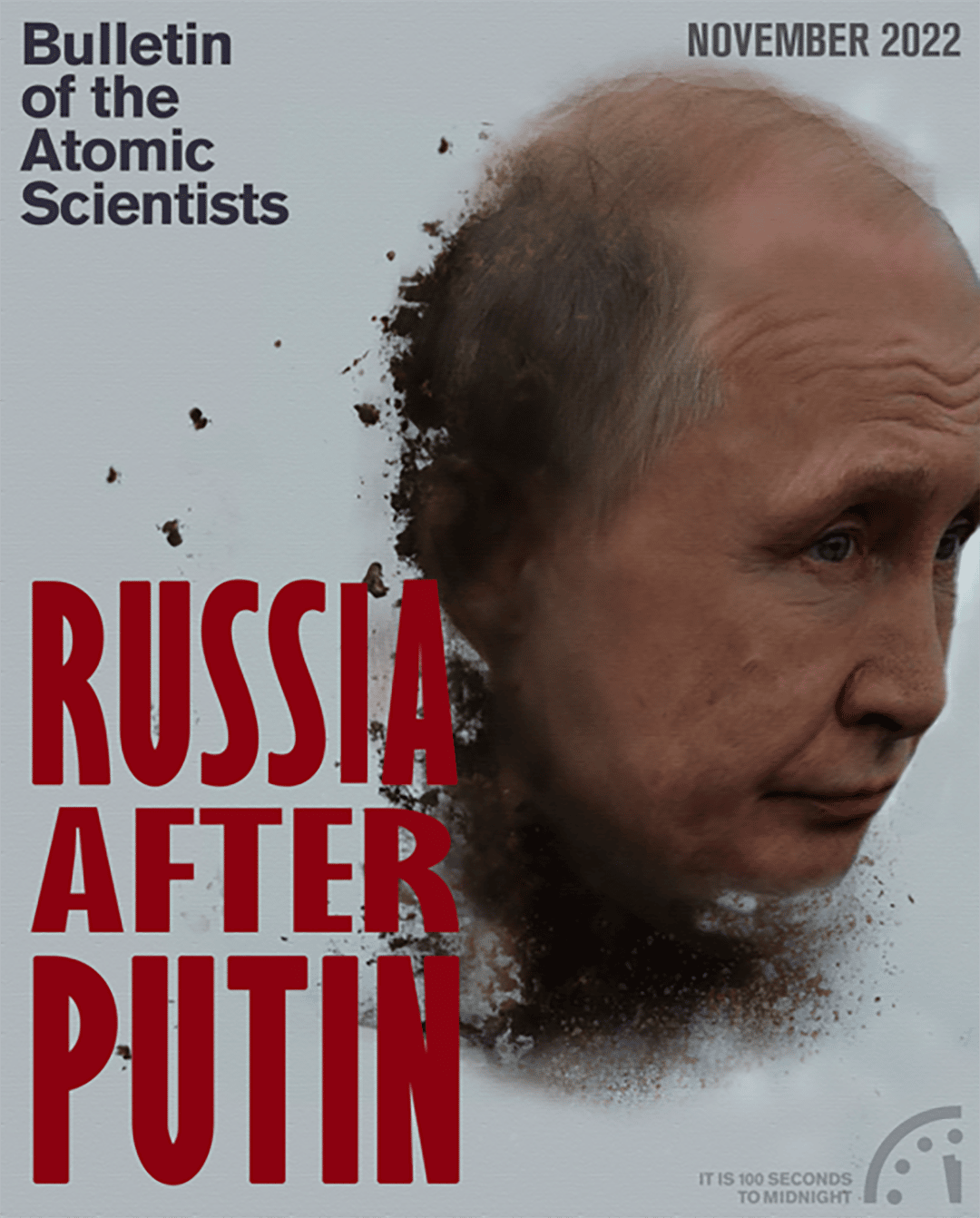

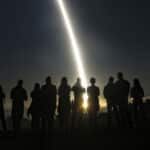

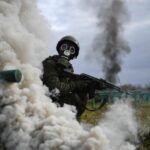


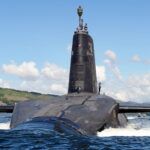
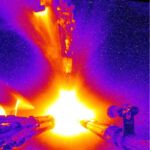

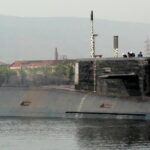
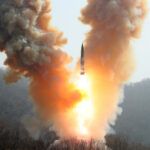








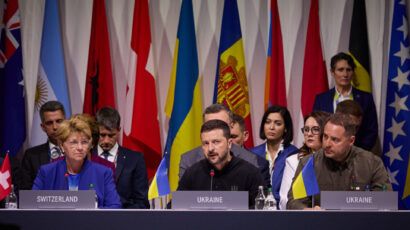
Russia should not enter into any negotiations with the US.
Let’s face the facts, Russian military is weaker compared to the west. Putin did a serious miscalculation by not employing nuclear weapons against Ukraine. Any threat by US should have been met by 2x catastrophic consequences for US including full nuclear strike in case of any US retaliation.
Russia should never have allowed US to control the escalation ladder, it’s a serious mistake on Putin part.